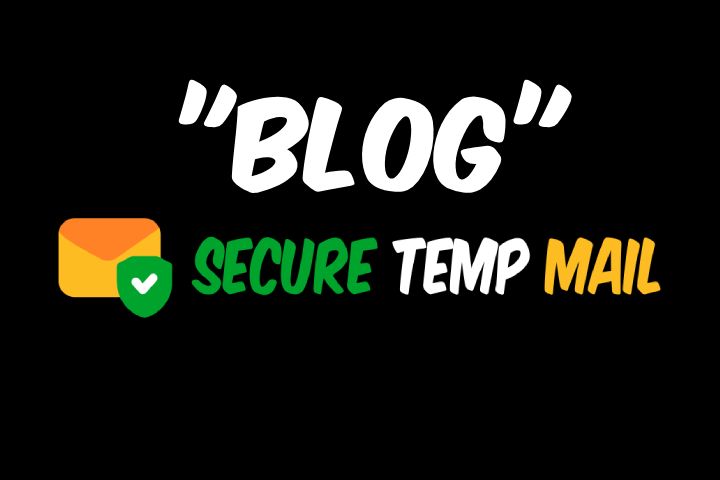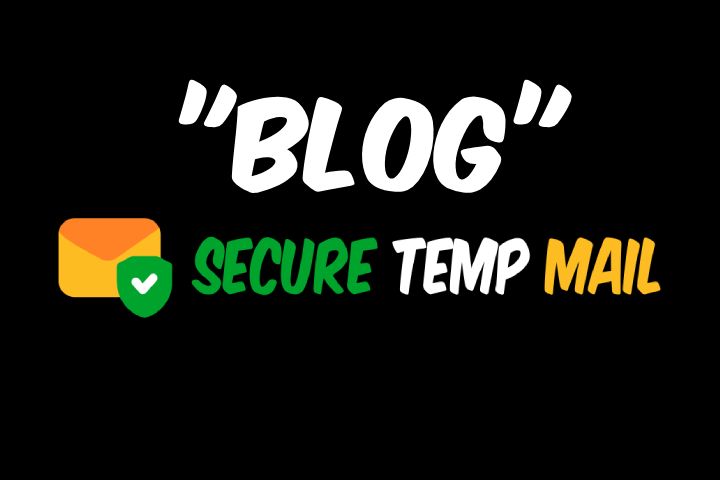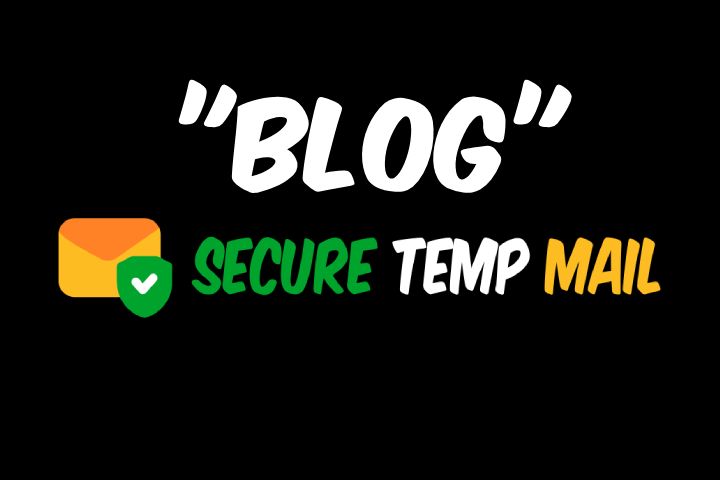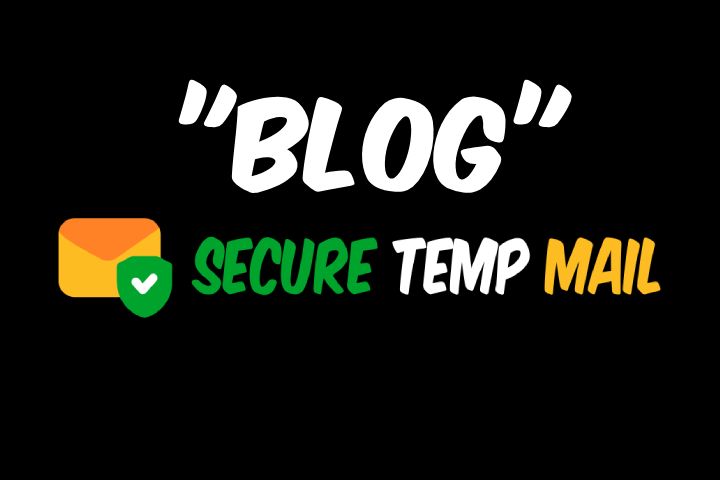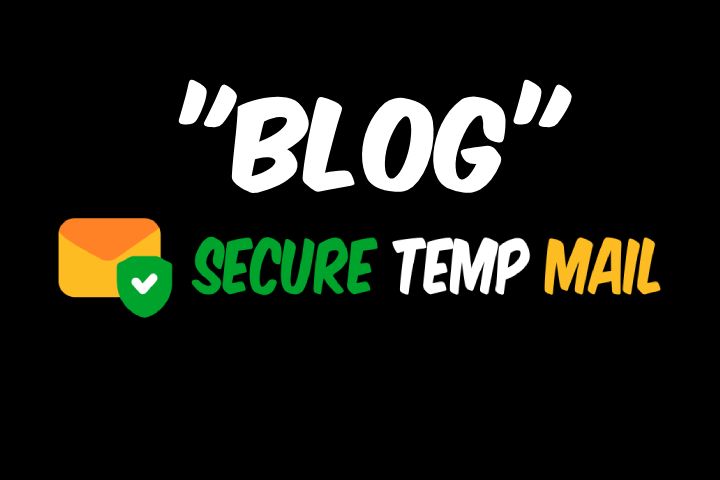In a world where our online presence grows daily, protecting your personal information has never been more crucial. Enter temp mail—a simple yet effective solution that offers you a shield against spam and unwanted emails. Imagine signing up for services without the fear of being bombarded with promotional messages or having your inbox cluttered with junk. Temp mail allows you to create temporary email addresses that disappear after use, giving you control over your digital footprint.
If you've ever hesitated to share your primary email address while registering for websites, downloading apps, or accessing exclusive content, you're not alone. Many people are looking for ways to navigate the web safely while minimizing the risk of identity theft and data breaches. That's where temp mail comes in handy! This guide will walk you through everything you need to know about getting started with this versatile tool—step by step. Whether you're new to temporary emails or seeking tips on maximizing their effectiveness, keep reading to unlock the full potential of temp mail!
What is Temp Mail?
Temp mail is a service that allows users to create temporary email addresses. These addresses can be used for a short period, often just long enough to receive confirmation emails or access codes.
With temp mail, you can avoid using your primary email address when signing up for websites or apps. This reduces the risk of spam and unwanted marketing messages cluttering your inbox.
Typically, these temporary email services generate random addresses that expire after a set time. Once they’re gone, so are any associated messages. It’s like having an anonymous postal box in the digital world.
Many temp mail providers offer easy-to-use interfaces where you can quickly generate new addresses and check incoming messages without registration or personal information sharing. This convenience makes it an appealing option for anyone looking to maintain privacy while engaging with online content.
Benefits of Using Temp Mail
Using temp mail comes with several advantages that can enhance your online experience. For one, it protects your primary email from spam. When signing up for newsletters or websites, a temporary address keeps unwanted messages at bay.
Another significant benefit is enhanced privacy. By utilizing a disposable email, you limit the amount of personal information shared online. This helps safeguard against identity theft and unwanted tracking.
Temp mail also offers convenience when testing services or apps without long-term commitment. You can create an account quickly and access what you need without worrying about ongoing obligations.
Furthermore, many temp mail services are user-friendly and require no installation or complicated setup procedures. Just generate an address and start receiving emails instantly—it's as simple as that!
How to Set Up a Temp Mail Account
Setting up a Temp Mail account is straightforward and user-friendly. Start by visiting a reputable temp mail provider's website. Look for options like “Get Temporary Email” or “Generate Address.”
Once you’re on the site, click the button to create your temporary email address. Most services provide an automatically generated address that appears instantly.
You don’t need to register or provide any personal information. This anonymous setup makes it quick and hassle-free.
After obtaining your temp email, you can use it immediately for sign-ups or verifications online. Monitor your inbox from the same page; messages arrive in real time.
Some providers even offer features like custom domains or message expiration settings, enhancing your experience further.
Tips for Creating an Effective Temporary Email Address
Creating an effective temporary email address can enhance your online experience. Start with a unique combination of letters and numbers. This makes it harder for spammers to guess.
Avoid using personal information in your temp mail address. Refrain from including your real name, birthday, or any identifiable details.
Think about the purpose of the email. If you’re signing up for a service, use a relevant keyword that reflects its function.
Keep it simple but memorable. A clear structure helps you recall it easily when needed later on.
Don’t forget to check expiry dates if applicable. Some services automatically delete inactive accounts after a specific period, so stay informed to ensure access when necessary.
Managing Your Temp Mail Inbox
Managing your Temp Mail inbox is straightforward and user-friendly. When you create a temporary email address, messages are usually stored for a limited time, often just a few hours or days. This means you need to check it frequently if you're expecting important information.
Organize incoming emails by labeling them based on their purpose. For example, categorize messages related to sign-ups separately from those linked to confirmations or downloads. This will help streamline your experience.
Be vigilant about spam and unwanted promotions that may flood in through your temp mail address. Most services allow easy deletion of individual emails or entire threads with just one click.
Regularly refreshing your inbox ensures optimal performance. Deleting old emails not only keeps things tidy but also enhances security by minimizing the risk of data leaks from expired messages.
Using Temp Mail for Online Accounts and Services
Using Temp Mail is a smart strategy when signing up for online accounts and services. It lets you bypass spam and unwanted emails while still accessing necessary features.
When registering, simply generate a temporary email address. This keeps your personal address private, reducing the risk of data breaches or targeted ads flooding your inbox.
After registration, use this temp email to confirm your account. Many platforms allow this without any hassle.
For one-time purchases or subscriptions, Temp Mail works wonders too. You get verification links sent directly to your temporary inbox without cluttering your main email account.
Just remember: if you need ongoing access to an account, it’s wise to switch back to a permanent email later on. Your temp email will expire after some time; always keep that in mind!
Privacy and Security Concerns with Temp Mail
Using temp mail can raise privacy and security concerns. While it offers anonymity, the temporary nature of these email addresses means they are often less secure than traditional accounts.
Many temp mail services store user data for a limited time. This could potentially expose your information if the service is compromised. If sensitive data passes through these emails, there's a risk that it could be accessed by third parties.
Furthermore, some websites may block or flag temp mail domains to prevent abuse. This limits access to certain platforms and services.
It's important to remember that not all providers prioritize encryption or safety measures. Always check reviews and choose reputable options when relying on temp mail for online activities.
Be cautious about sharing personal information even with temporary addresses, as misuse remains a possibility in this digital landscape.
Alternatives to Temp Mail
If you’re exploring options beyond Temp Mail, there are several alternatives worth considering. Each offers unique features that cater to different needs.
Guerrilla Mail is a popular choice for temporary email services. It provides users with disposable email addresses that expire after an hour. The interface is straightforward and user-friendly.
Mailinator stands out with its public inboxes approach. This means anyone can access the emails sent to any address they create on the platform. It's excellent for quick sign-ups but may not be ideal for sensitive information.
ProtonMail focuses on privacy and security while providing temporary email functionality through self-destructive messages. This makes it suitable if you're concerned about data exposure.
Lastly, 10 Minute Mail offers speedy creation of temporary addresses that last precisely ten minutes unless extended manually. Perfect when you need a quick solution without long-term commitment!
Conclusion
Temp mail offers a functional solution for those who wish to maintain their privacy online. It simplifies the process of signing up for services without exposing your primary email address.
Navigating the digital landscape can often feel overwhelming. With temp mail, you gain control over what information you share and with whom.
Whether it's accessing exclusive content or testing new apps, temporary emails have become essential tools in our internet toolbox. They save time while providing a layer of anonymity.
As online interactions grow more complex, considering how we manage our personal information remains vital. Embracing innovative solutions like temp mail can enhance your online experience significantly.
FAQs
Using temp mail raises several questions for users looking to enhance their online experience. Here are some commonly asked questions that can help clarify any uncertainties.
What is Temp Mail used for?
Temp mail provides a temporary email address, allowing you to sign up for services or receive information without sharing your primary email. This helps protect your actual inbox from spam and unwanted emails.
Is it safe to use Temp Mail?
Yes, using temp mail is generally safe. It offers anonymity and keeps your personal details private. However, be cautious when entering sensitive information as the service isn’t entirely bulletproof against all cyber threats.
How long do temporary email addresses last?
Most platforms offer temporary email addresses that last anywhere from a few minutes to several hours, depending on the service provider's policies. After this period, they automatically deactivate.
Can I recover my messages after the expiration of my temp mail account?
Unfortunately, once a temp mail account expires, accessing previous messages becomes impossible. It's crucial to save any important information before the time limit ends.
Are there limits on how many times I can create a temp mail address?
Generally speaking, most services allow you to create multiple temporary addresses without restrictions. However, check each platform's rules as they may vary.
Do businesses accept registrations with Temp Mail addresses?
Many websites and online services recognize and accept temp mails; however, some restrict access due to concerns about abuse or fraud prevention measures.
With these FAQs addressed, navigating the world of temporary emails should feel more manageable. Whether you're shielding yourself from spam or testing new accounts while maintaining privacy—temp mail serves an essential purpose in today’s digital landscape.
